GPU Instancer is an out of the box solution to display extreme numbers of objects on screen with high performance. With a few mouse clicks, you can instance your prefabs and Unity terrain details and trees.
GPU Instancer provides user friendly tools to allow everyone to use Indirect GPU Instancing without having to go through the deep learning curve of Compute Shaders and GPU infrastructure. Also, an API with extensive documentation is provided to manage runtime changes.
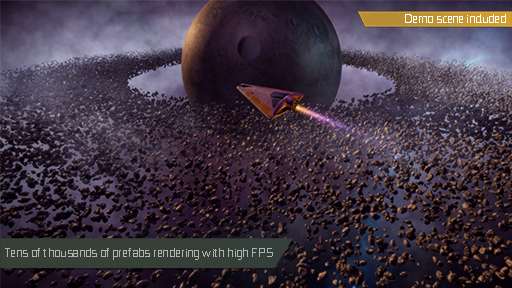
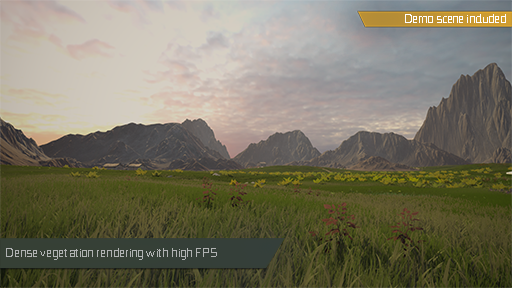
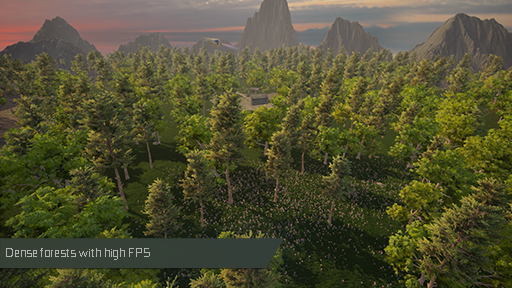
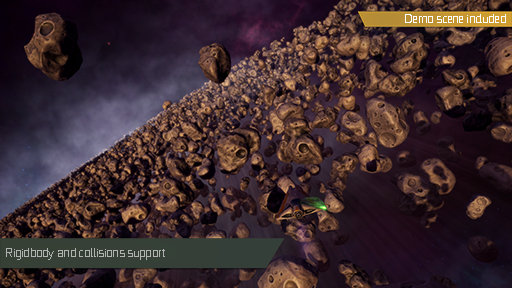
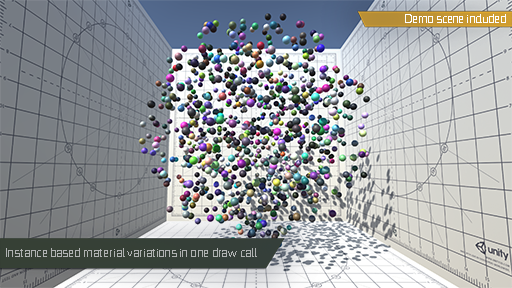
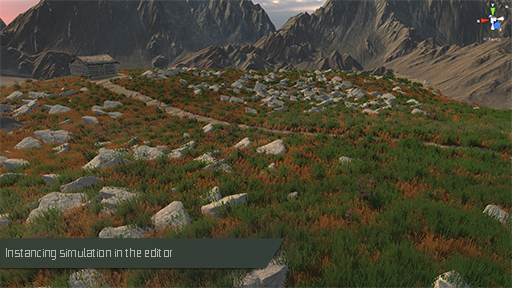
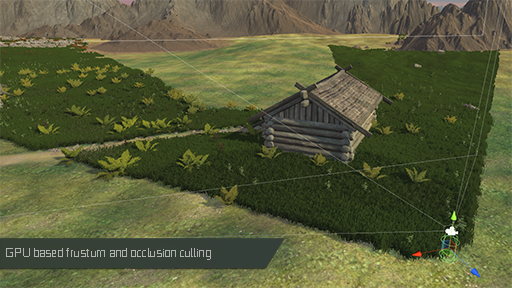
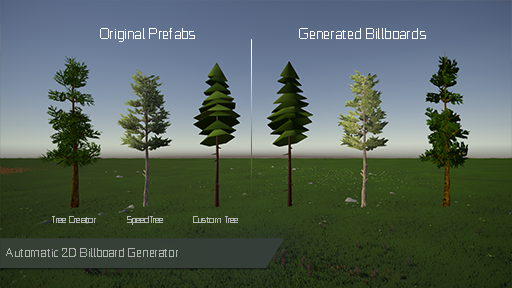
To provide the fastest possible performance, GPU Instancer utilizes Indirect GPU Instancing using Unity's DrawMeshInstancedIndirect method and Compute Shaders.
GPU Instancing results in magnitudes of performance improvement over static batching and mesh combining. Also, other available solutions for GPU Instancing (including Unity's material option and the DrawMeshInstanced method) fail short on limited buffer sizes and therefore result in more draw calls and less performance. By using the indirect method GPU Instancer aims to provide the ultimate solution for this, and increases performance considerably while rendering the same mesh multiple times.